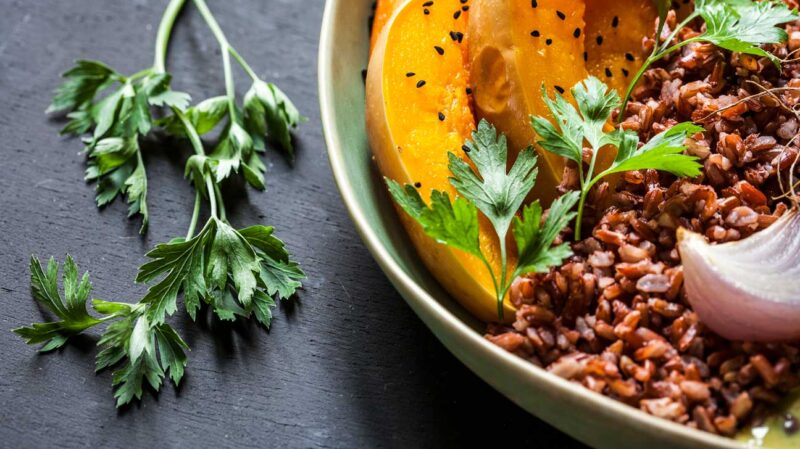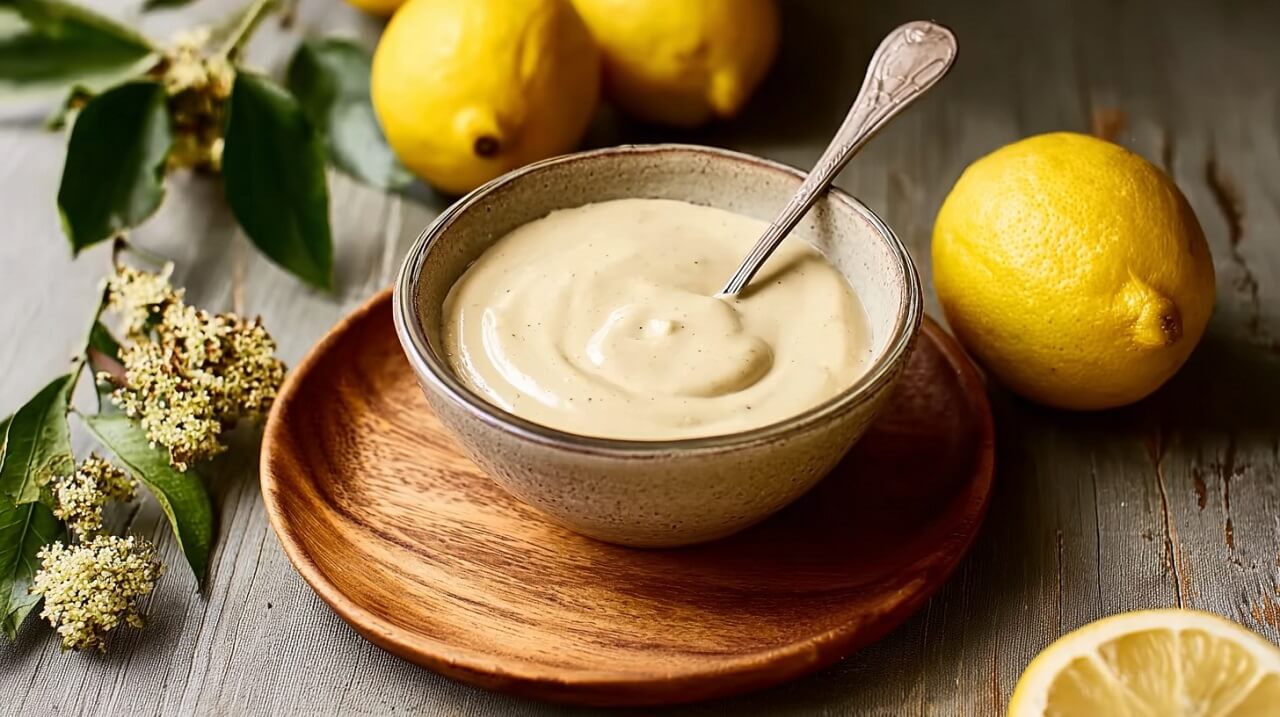Running out of parsley or looking for a different flavor in your cooking? There are many herbs and greens that can serve as excellent substitutes.
Below is a list of 17 alternatives that can enhance your dishes with unique flavors and textures.
These Are the Best Alternatives for Parsley
- Cilantro
- Basil
- Chervil
- Tarragon
- Oregano
- Chives
- Celery Leaves
- Carrot Greens
- Thyme
- Arugula
- Endive
- Lovage
- Dill
- Marjoram
- Mint
- Fennel Fronds
- Spinach
1. Cilantro
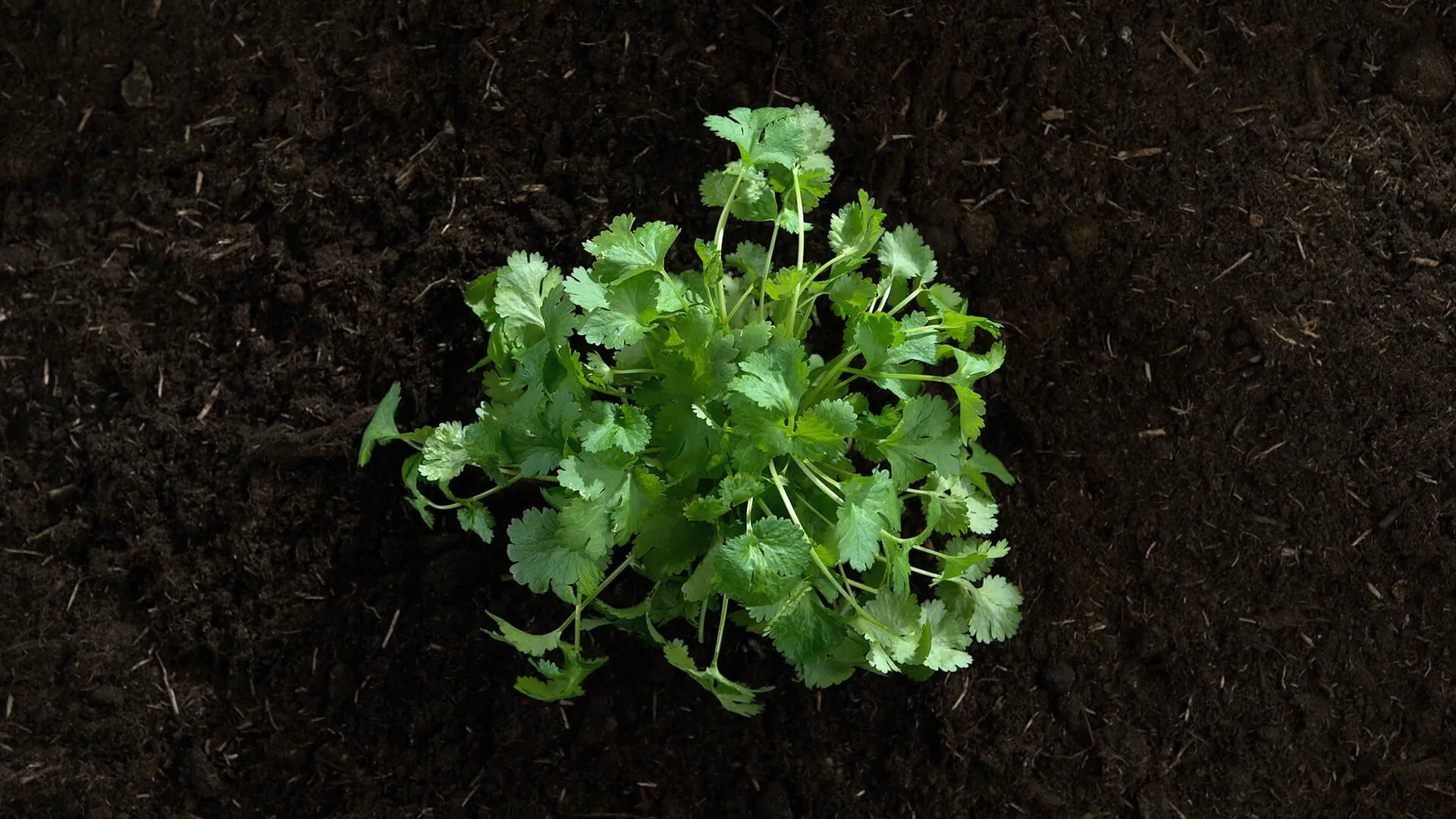
Cilantro, also known as coriander leaves, has a fresh, citrusy flavor that adds brightness to many dishes. It’s particularly popular in Latin American, Indian, and Asian cuisines.
Best Dishes: Salsas, guacamole, tacos, Asian stir-fries, Indian chutneys, and curries.
Tips: Be cautious with the amount you use, as cilantro has a strong flavor that can easily overpower a dish. Some people perceive a soapy taste in cilantro, so it’s best to check if your guests enjoy it.
2. Basil
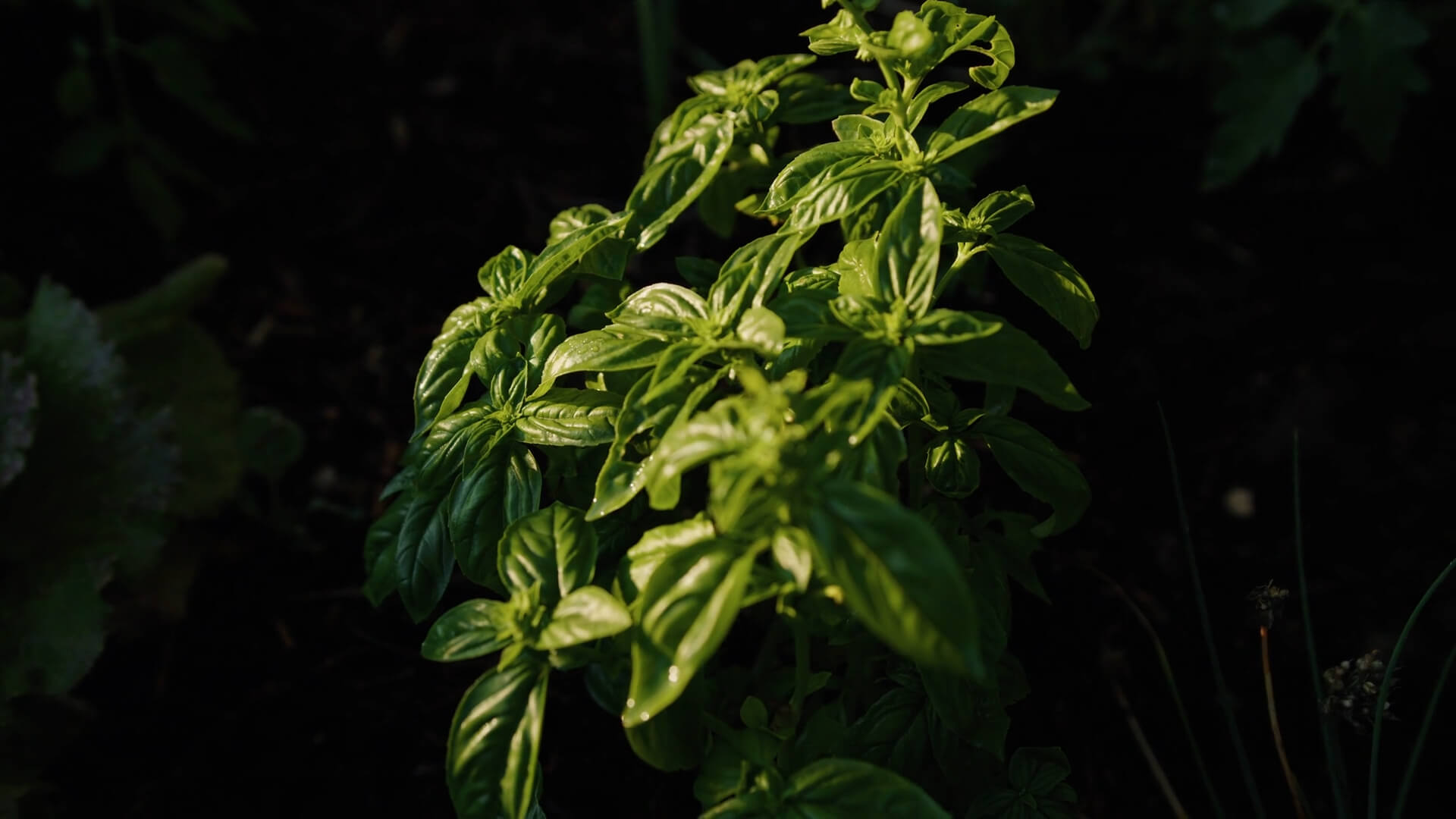
Basil provides a minty, slightly sweet flavor with a hint of pepper. It’s a staple in Italian and Mediterranean cuisines and can be used both fresh and dried.
Best Dishes: Pesto, Italian sauces (like marinara and pesto), Caprese salad, Thai dishes (like basil chicken), and soups.
Tips: Use fresh basil for a more intense flavor. Add it at the end of cooking to preserve its delicate taste.
3. Chervil
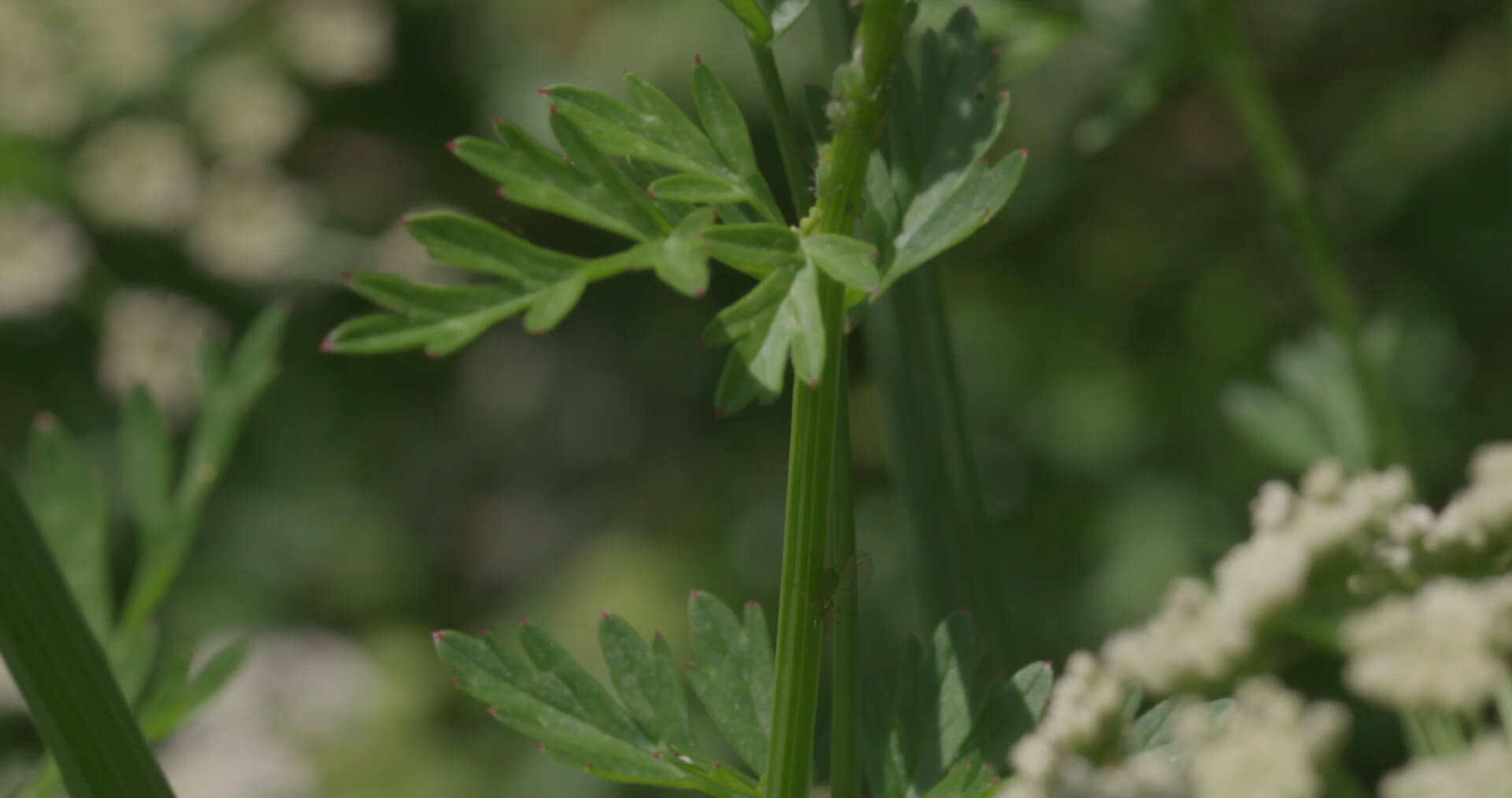
Chervil, often called French parsley, has a mild, delicate flavor with hints of anise and parsley. It’s commonly used in French cuisine.
Best Dishes: Salads, omelets, soups, and delicate sauces.
Tips: Add chervil at the end of cooking to maintain its flavor. It pairs well with tarragon, chives, and parsley in herb blends like fines herbes.
4. Tarragon
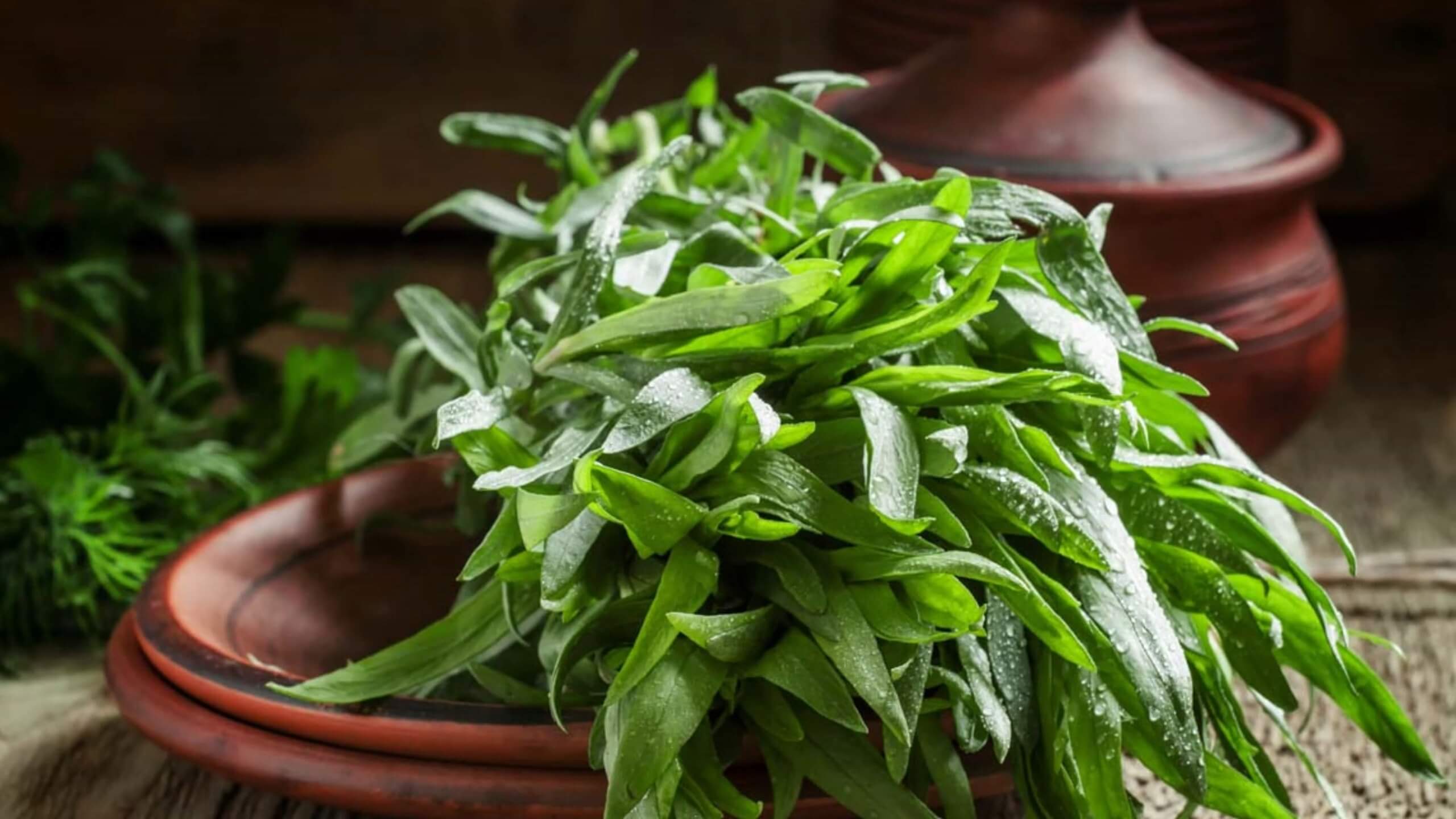
Tarragon offers a unique flavor profile with notes of licorice and anise. It’s a key herb in French cooking.
Best Dishes: Bearnaise sauce, chicken dishes, fish, salad dressings, and egg dishes.
Tips: Use sparingly as tarragon’s strong flavor can easily dominate a dish. Fresh tarragon is more aromatic than dried.
5. Oregano

Oregano has a robust, earthy flavor that’s slightly bitter. It’s commonly used in Mediterranean and Mexican cuisines.
Best Dishes: Pizza, pasta sauces, marinades for meat, stews, and grilled vegetables.
Tips: Fresh oregano is more potent than dried, so adjust quantities accordingly. Add dried oregano early in cooking to allow its flavor to meld with the dish.
6. Chives
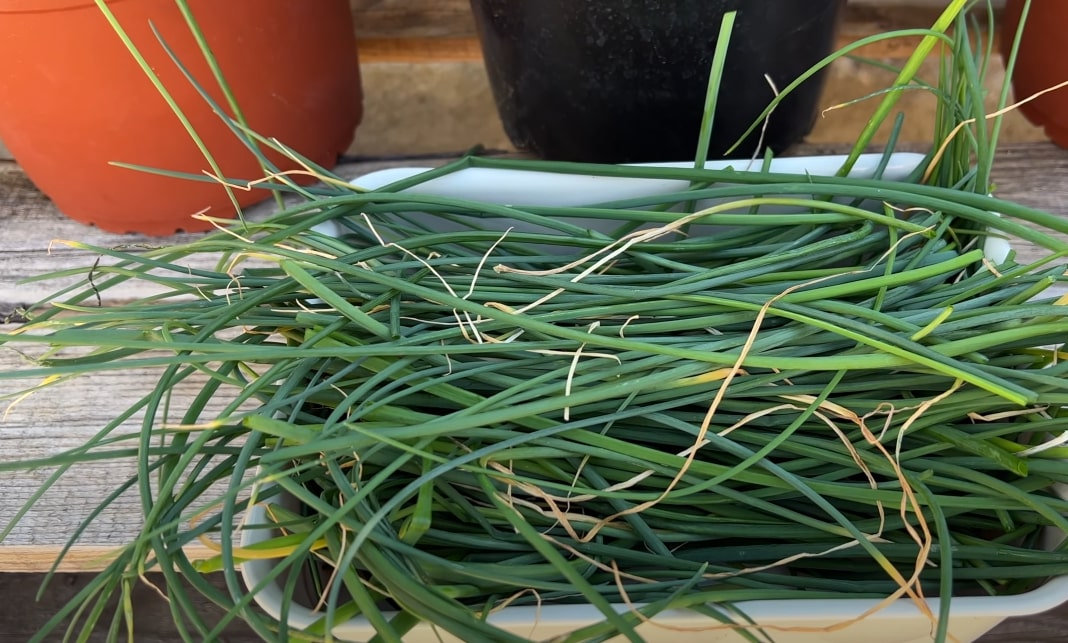
Chives provide a mild onion flavor and a bright green color, making them an excellent garnish.
Best Dishes: Soups, salads, potato dishes, egg dishes, and sauces.
Tips: Add chives at the end of cooking or as a garnish to retain their delicate flavor. They pair well with sour cream and butter.
7. Celery Leaves
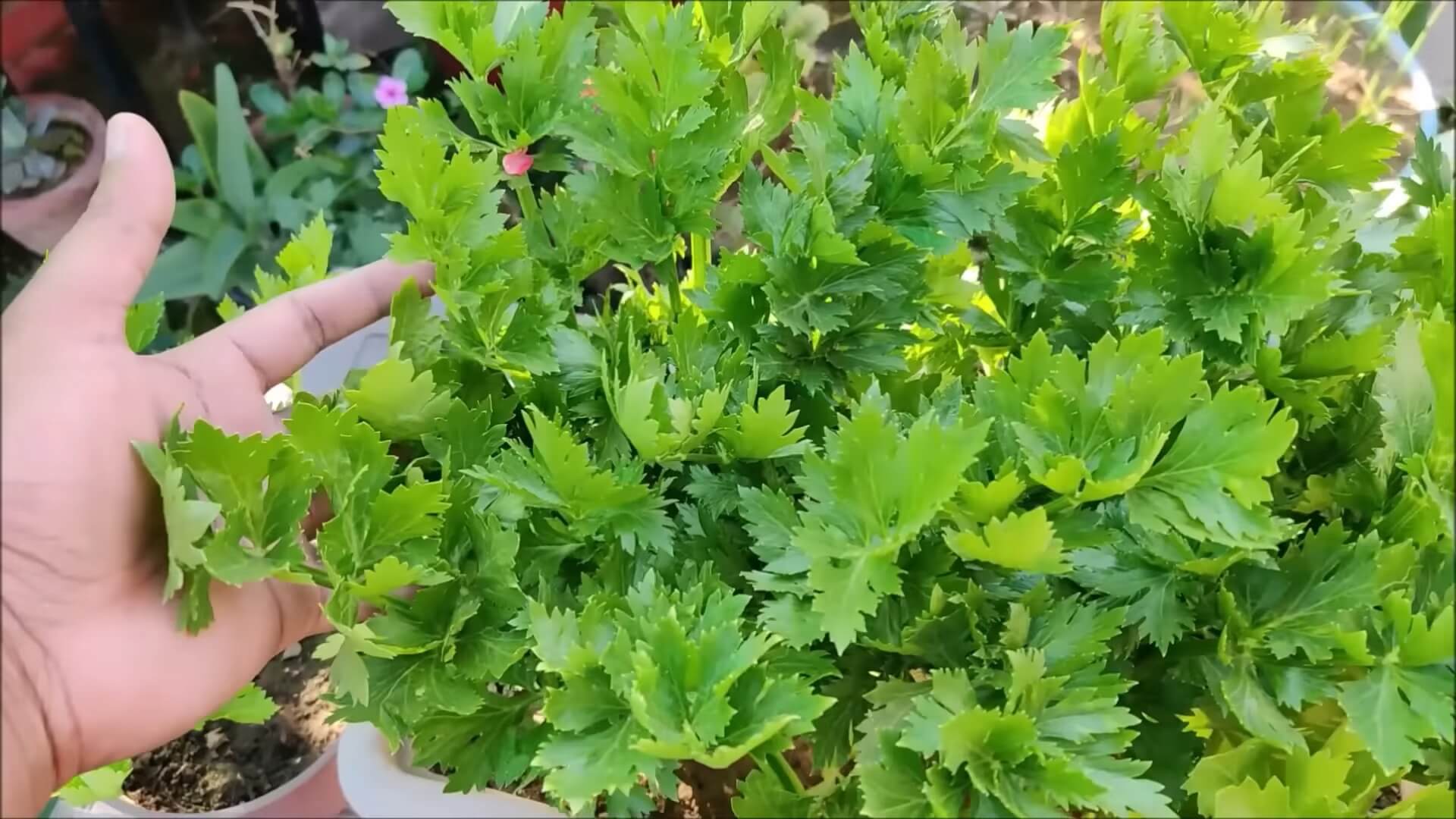
Celery leaves have a slightly bitter, peppery flavor similar to parsley and can be used both fresh and cooked.
Best Dishes: Salads, soups, stews, and as a garnish for various dishes.
Tips: Use the inner leaves for a milder flavor. Finely chop the leaves to avoid a strong bite.
8. Carrot Greens
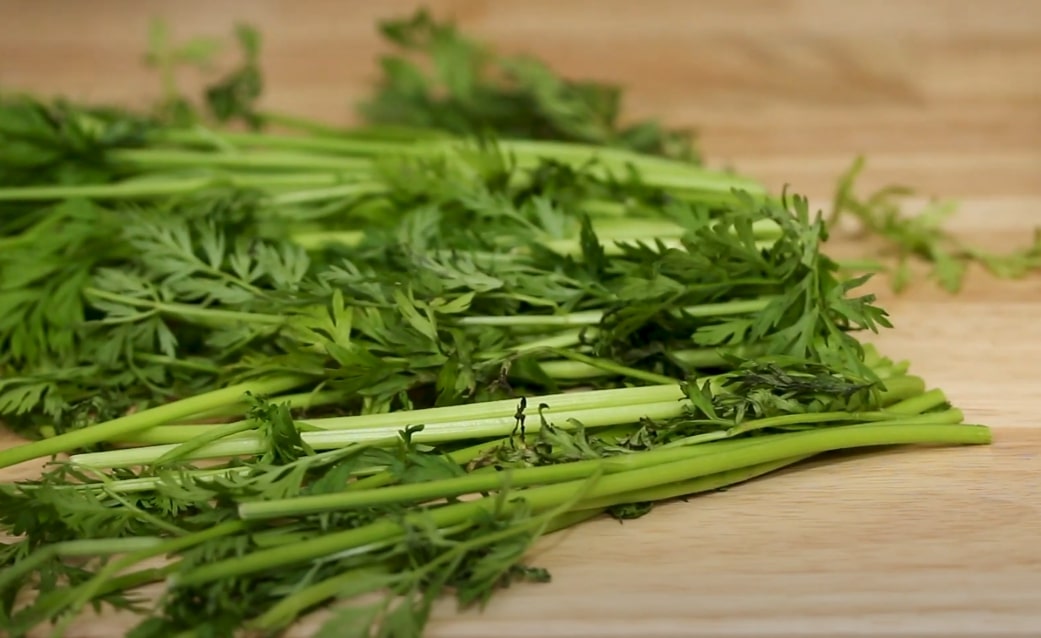
Carrot greens, often discarded, are actually edible and have a flavor similar to parsley with a hint of carrot.
Best Dishes: Salads, pestos, soups, and stews.
Tips: Wash thoroughly to remove any dirt. Use finely chopped to avoid a fibrous texture.
9. Thyme
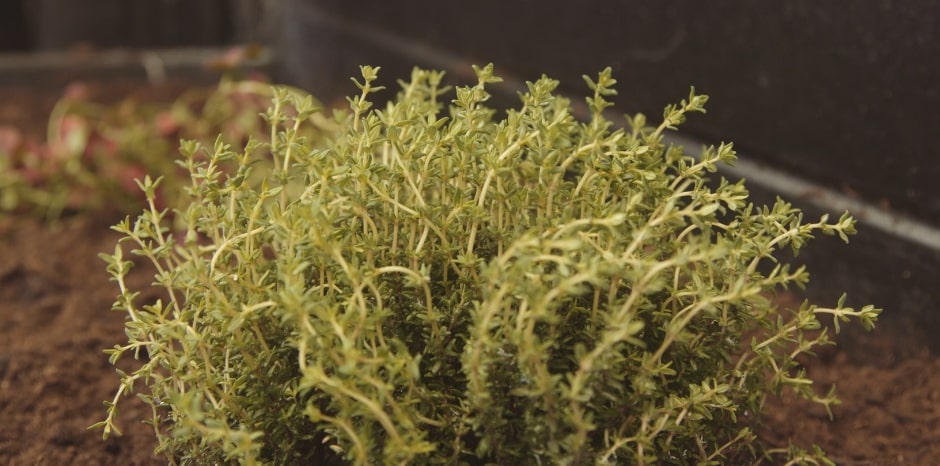
Thyme has a subtle, earthy flavor with hints of mint and lemon. It’s versatile and can be used fresh or dried.
Best Dishes: Roasted meats, soups, stews, sauces, and vegetable dishes.
Tips: Fresh thyme should be added early in cooking to allow its flavor to develop. Remove the woody stems before serving.
10. Arugula
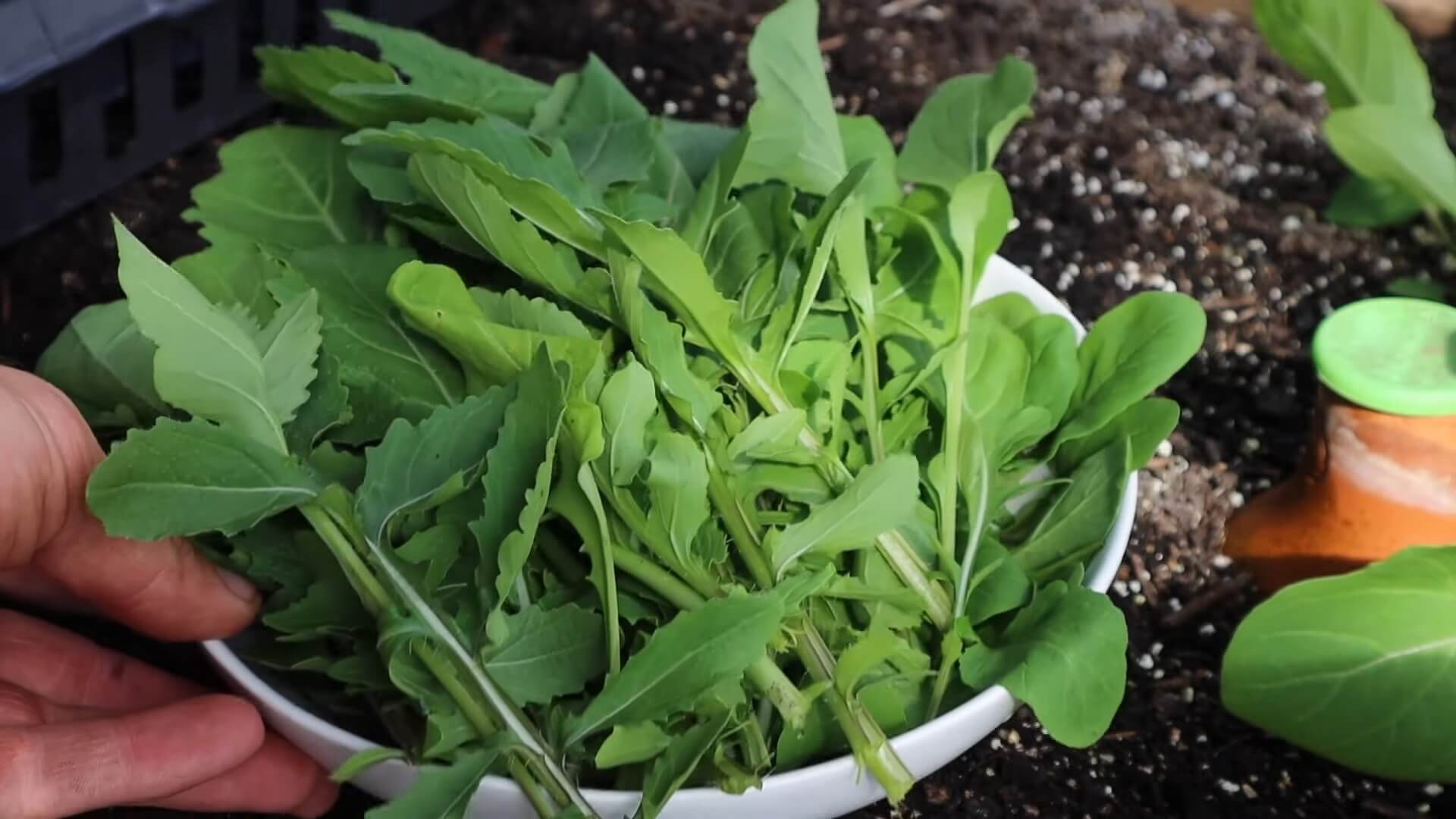
Arugula, also known as rocket, has a spicy, peppery flavor. It’s commonly used as a salad green but can also substitute for herbs.
Best Dishes: Salads, pasta dishes, pizzas, and sandwiches.
Tips: Use young arugula leaves for a milder taste. Add at the end of cooking to maintain its peppery flavor.
11. Endive

Endive, especially curly endive or frisee, has a slightly bitter, peppery taste.
Best Dishes: Salads, as a garnish, and in soups.
Tips: Use sparingly in salads to avoid overpowering other ingredients. Cooking can mellow its bitterness.
12. Lovage
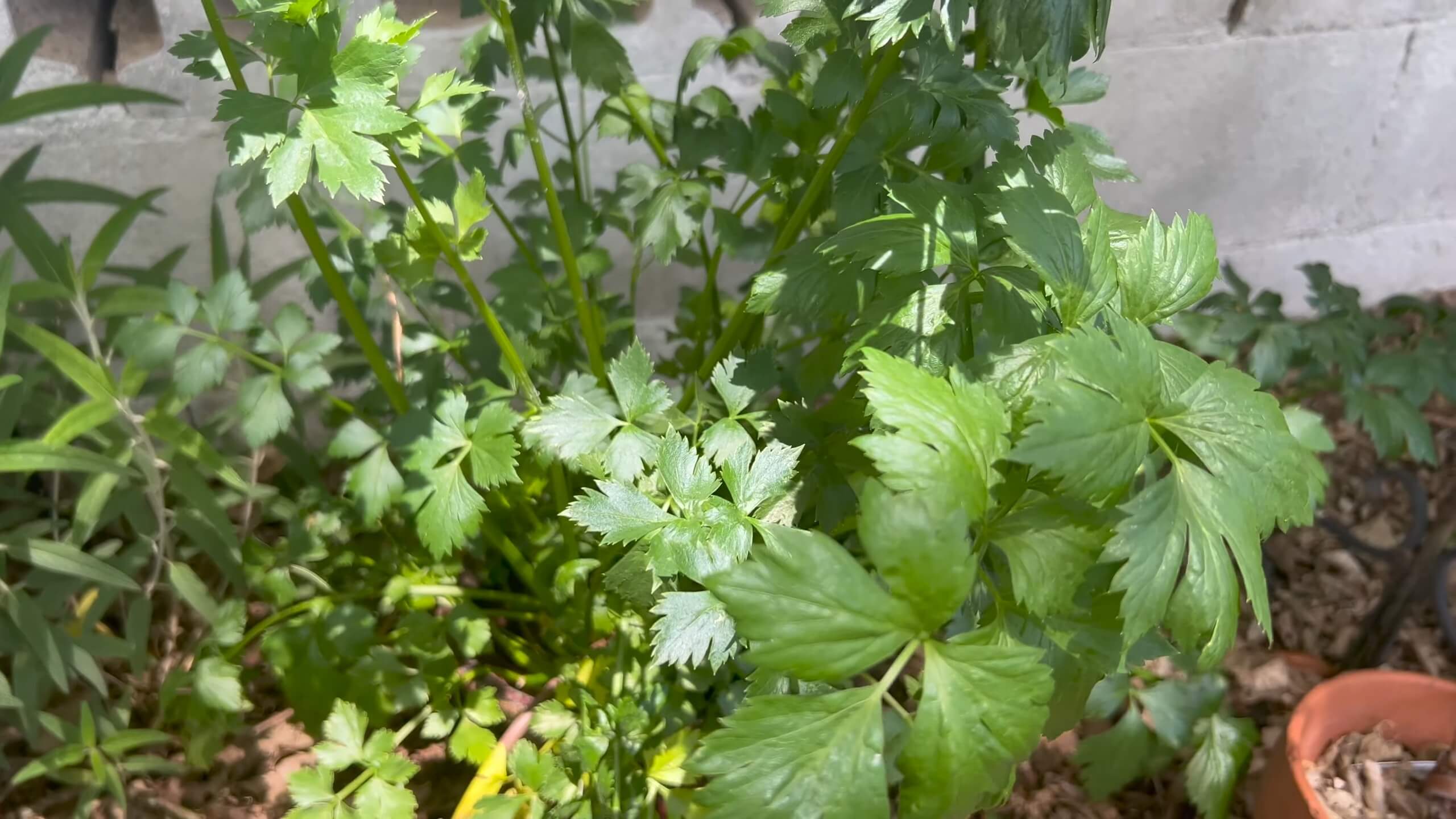
Lovage has a flavor reminiscent of celery and parsley with a slightly sweet, anise-like undertone.
Best Dishes: Soups, stews, salads, and as a garnish.
Tips: Use leaves fresh for a more intense flavor. The stems can be used like celery in cooking.
13. Dill

Dill has a bright, tangy flavor with a hint of anise and lemon. It’s often used in Eastern European and Scandinavian cuisines. Try this crab cakes benedict with wasabi dill sauce recipe and try a new variant you probably haven’t tried before.
Best Dishes: Pickles, fish dishes, salads, soups, and sauces.
Tips: Use fresh dill at the end of cooking for a burst of flavor. Dried dill is less potent, so adjust the quantity accordingly.
14. Marjoram
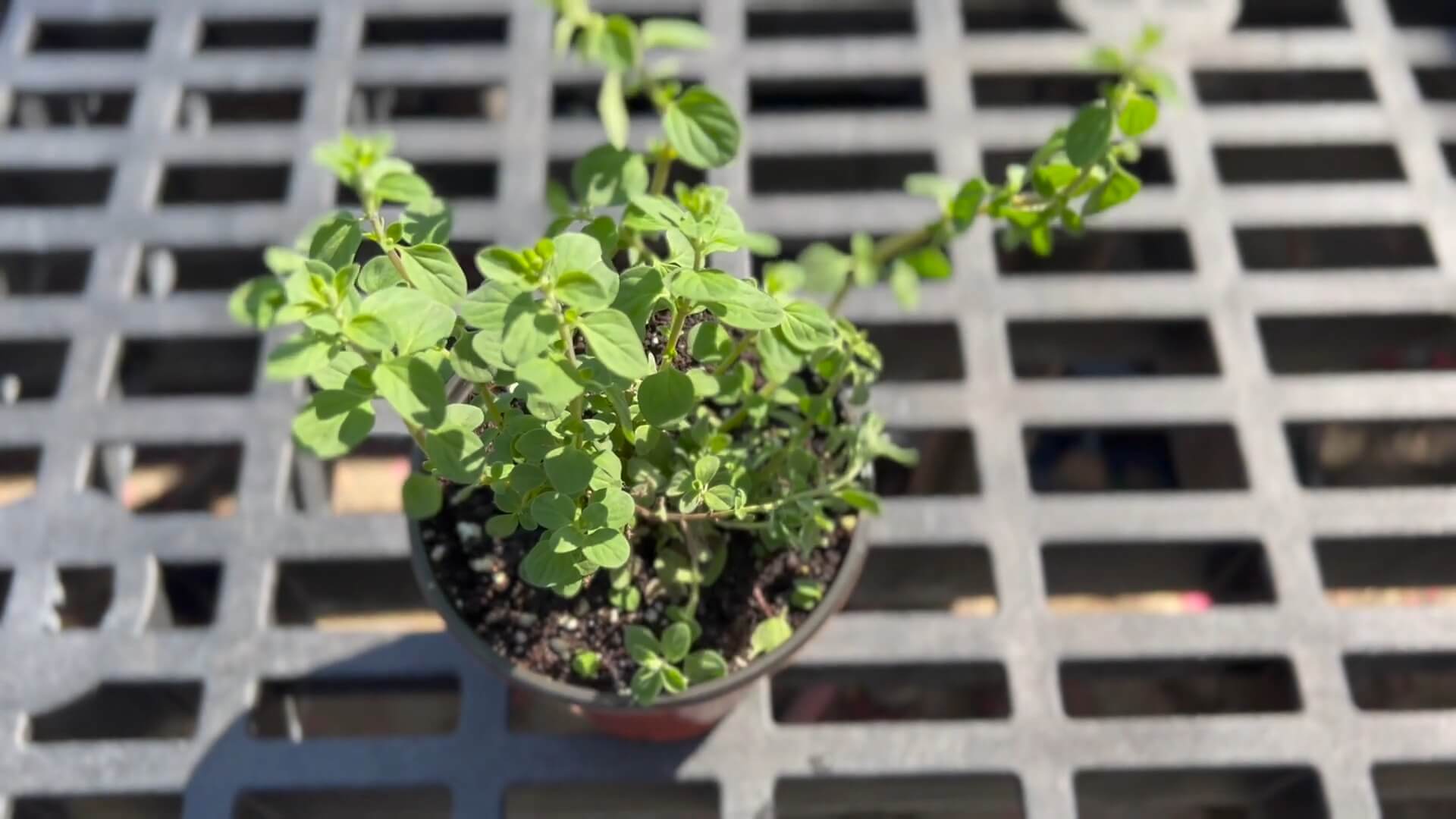
Marjoram has a mild, sweet flavor with hints of citrus and pine. It’s closely related to oregano but less intense.
Best Dishes: Meat dishes, soups, stews, and salad dressings.
Tips: Use marjoram fresh for a more delicate flavor. It’s often used in combination with other herbs like thyme and basil.
15. Mint

Mint offers a refreshing, cool flavor that can be both sweet and slightly peppery.
Best Dishes: Salads, lamb dishes, beverages, desserts, and Middle Eastern dishes.
Tips: Use fresh mint leaves for the best flavor. Add at the end of cooking to preserve its aromatic properties.
16. Fennel Fronds
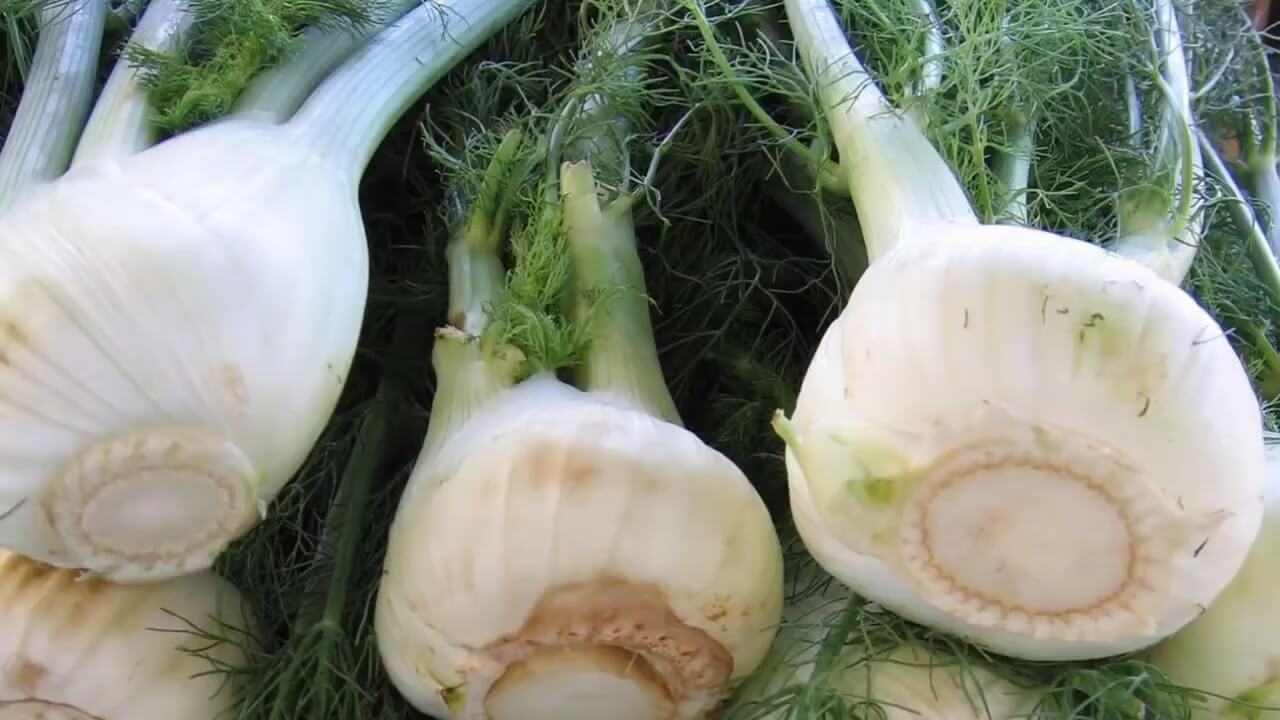
Fennel fronds have a mild anise flavor, similar to licorice, and can be used as a garnish or in cooking.
Best Dishes: Salads, fish dishes, soups, and as a garnish.
Tips: Use sparingly due to their strong flavor. They pair well with citrus and seafood.
17. Spinach
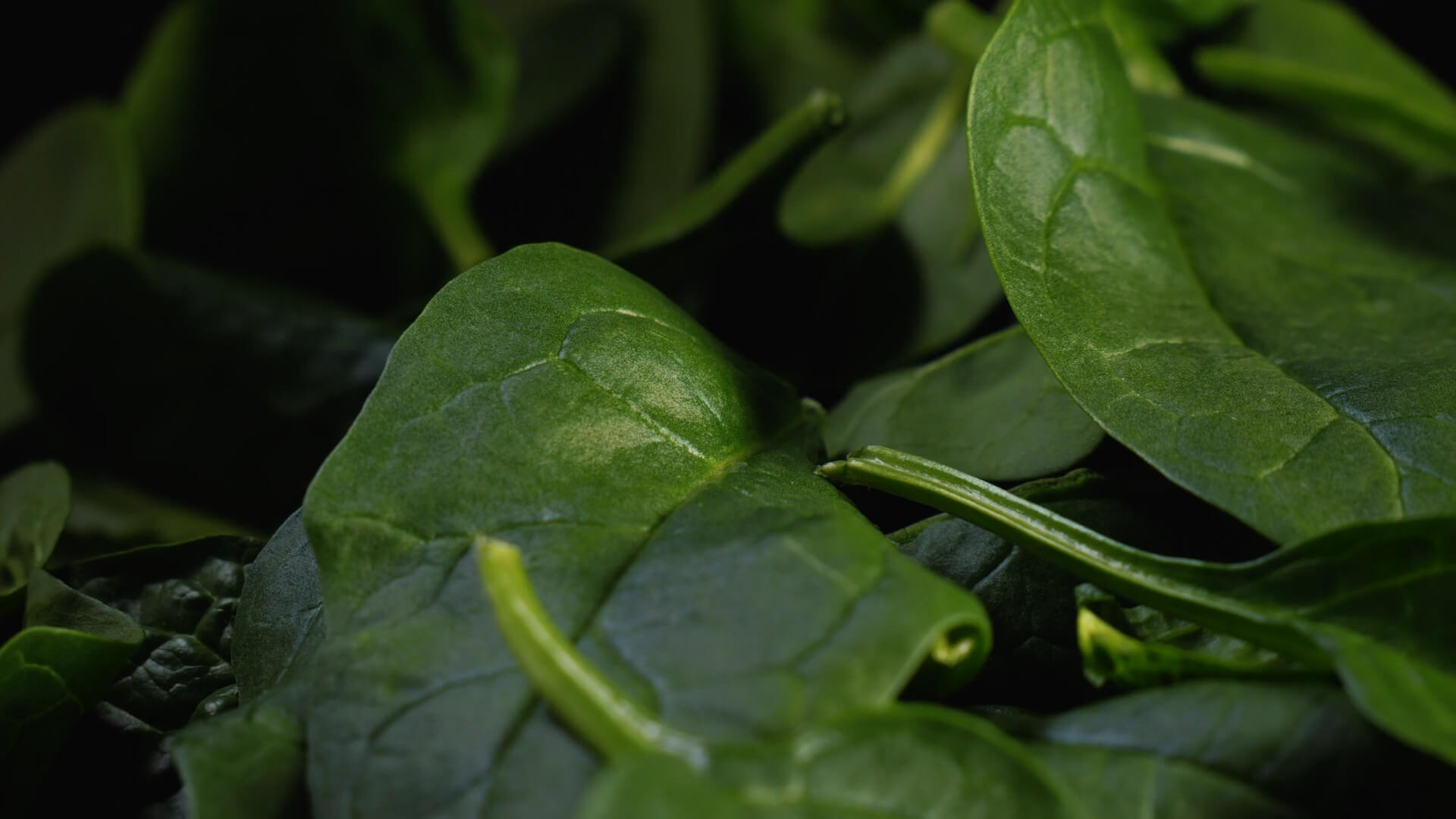
Spinach has a mild, slightly sweet flavor and can add a similar green color to dishes.
Best Dishes: Salads, soups, smoothies, and as a garnish.
Tips: Use fresh spinach leaves and chop finely to mimic the texture of parsley. Spinach works well in both raw and cooked dishes.
FAQs
1. Can I use dried herbs as a substitute for fresh parsley?
Yes, dried herbs can be used as a substitute for fresh parsley. However, dried herbs are more concentrated in flavor, so you should use about one-third of the amount specified for fresh parsley. For instance, if a recipe calls for 1 tablespoon of fresh parsley, use 1 teaspoon of dried herbs.
2. What is the best substitute for parsley in a pesto sauce?
Basil is the best substitute for parsley in pesto sauce. It provides a similar vibrant green color and a sweet, aromatic flavor that pairs well with garlic, pine nuts, and olive oil.
3. How do I store fresh herbs to keep them longer?
Store fresh herbs in the refrigerator. Wrap them in a damp paper towel and place them in a plastic bag. Alternatively, you can store them in a jar with water, like a bouquet, and cover them loosely with a plastic bag. This helps keep the herbs fresh for up to a week.
4. Can I use spinach as a garnish like parsley?
Yes, spinach can be used as a garnish. It provides a mild, slightly sweet flavor and a similar green color to parsley. Finely chop fresh spinach leaves to mimic the texture of parsley for garnishing soups, salads, and other dishes.
5. Are there any health benefits to using parsley substitutes?
Yes, many parsley substitutes offer health benefits. For example, cilantro is rich in antioxidants and vitamins A and K, basil contains anti-inflammatory properties, and spinach is high in iron and vitamins A, C, and K. Each herb brings its unique set of nutrients and health benefits to your dishes.
Conclusion
Finding the right substitute for parsley can enhance the flavor and presentation of your dishes. Whether you’re looking for a similar taste or a completely different flavor profile, there are numerous herbs and greens that can serve as excellent alternatives. Each substitute offers unique characteristics, making them suitable for various cuisines and recipes.

